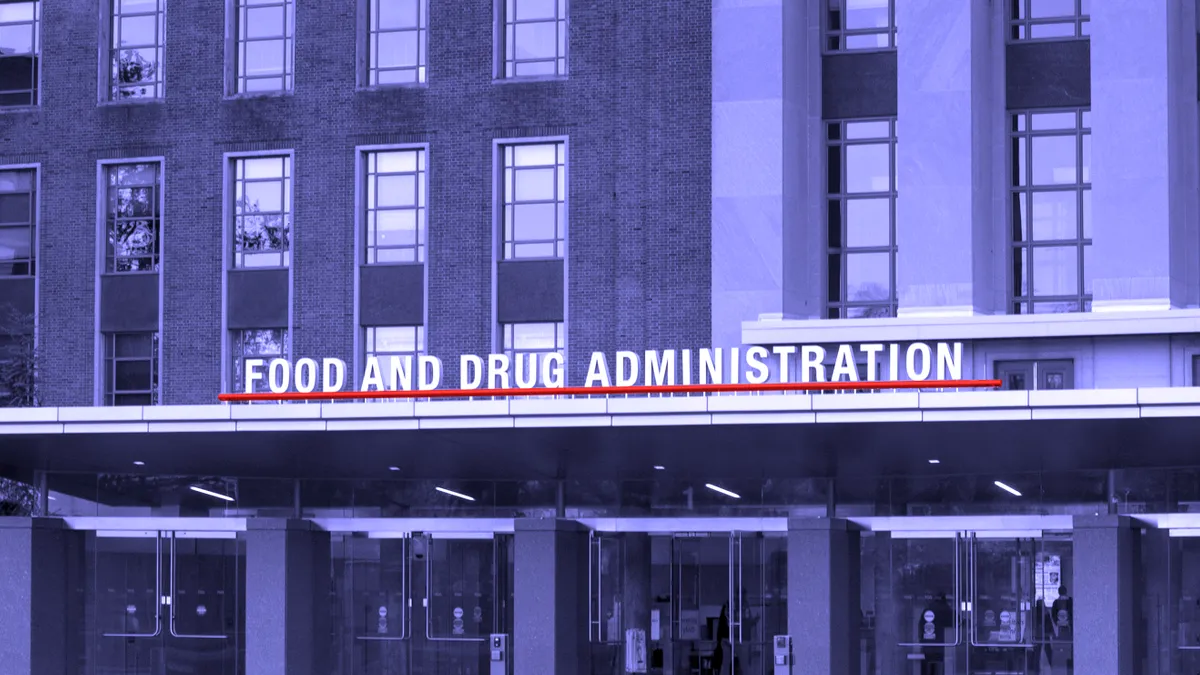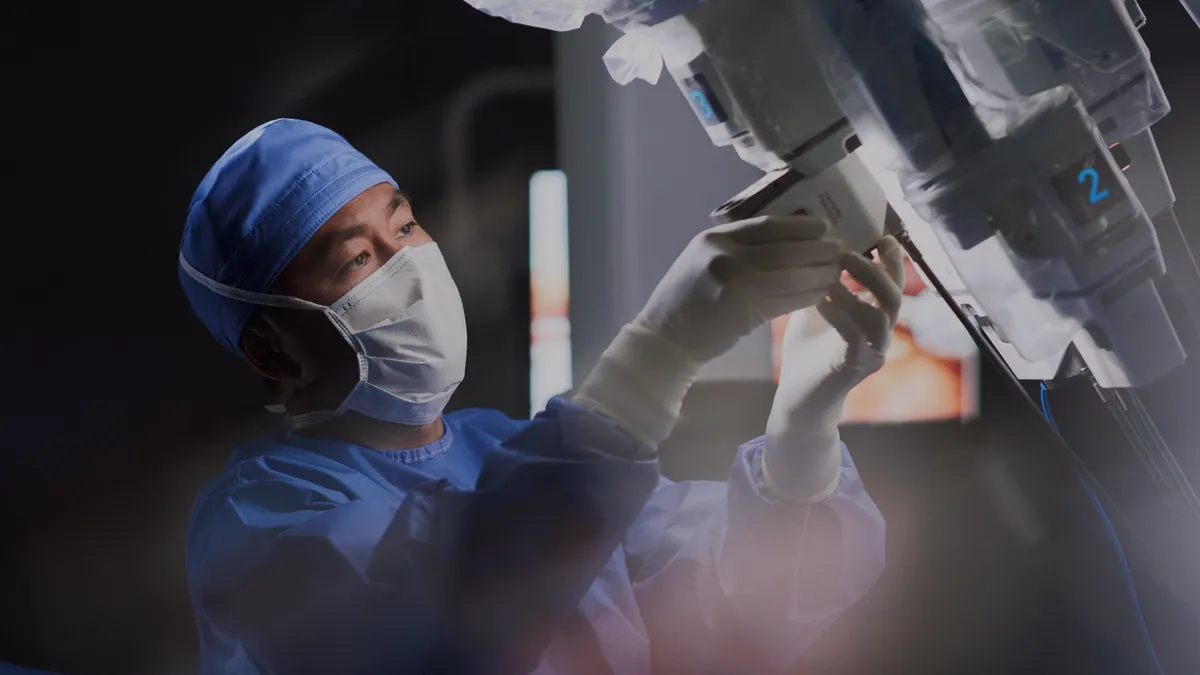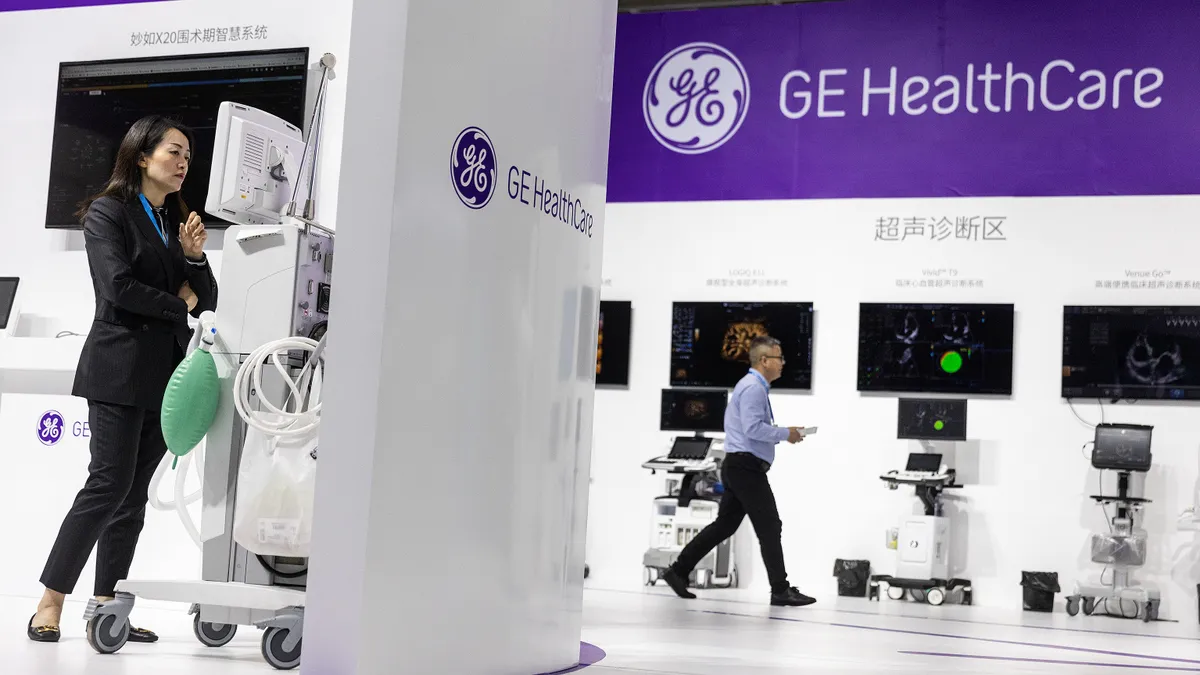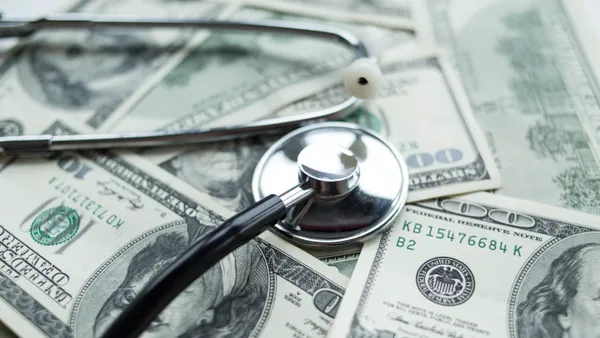FDA warning letters to medical device manufacturers slid by nearly 90% between 2015 and 2019, but may be set to rebound upward in 2020, according to device center Associate Director for Compliance and Quality Erin Keith.
Warning letters are used by FDA to alert a manufacturer it "has significantly violated FDA regulations," such as misstating what a device is indicated for or having poor manufacturing practices, according to the agency.
The downturn in Center for Devices and Radiological Health warning letters from 81 in fiscal year 2015 to nine in 2019 comes amid a major effort to reorganize the FDA device center that proved "very disruptive to the compliance office," Keith said.
"It is organized in a different way now than it was in the past, so the processes have had to be worked out," Keith told the Food and Drug Law Institute's annual compliance conference in December. "We can't issue a warning letter if we don't do it timely, according to the evidential requirements."
Keith said FDA's Office of the Chief Counsel told CDRH that warning letters should be sent out within 120 days of a physical inspection of a manufacturer to ensure the evidence underlying it is fresh.
In an interview with MedTech Dive, Keith said now that employees are more familiar with the new structure of CDRH's so-called super office, warning letters will begin to pick back up.
"We've been actively clearing our backlog of inspection reports to review and evaluate so we can focus on things as they come in the door and meet them in their timeframes," Keith said. "We're more confident that we will get back to issuing warning letters when they are appropriate because we will make timelines."

Still, some patient safety advocates are concerned the drop in warning letters cannot be entirely attributed to the restructuring changes at the agency.
"I don't think that downward trend can adequately be explained by the reorganization that is taking place," Public Citizen Health Research Group Director Mike Carome said.
Diana Zuckerman, president of the National Center for Health Research, said the trend is emblematic of a regulator that is overly focused on pleasing industry.
"It could have several different causes, reorganization could be one. [Medical Device User Fee Amendments] regulations could be part of it, which requires more meetings. But there is this emphasis on customer service, which is defined as making life easier for the industry. Industry is an important customer, but so is the American taxpayer," Zuckerman said.
Over the past decade, the device center has also focused on shifting how it communicates with manufacturers, focusing on pushing companies to prioritize making decisions that improve quality and patient outcomes rather than simply achieving compliance with regulatory requirements. The goal, Keith said, is to have companies address potential issues before they rise to the warning letter stage.
"We as a philosophy for the center don't want to have to go to enforcement," Keith said. "We want to get to problems when they are smaller and easier to fix."
Another method FDA has utilized is increasing the number of alternative methods of disseminating information, such as issuing Letters to Health Care Providers and Safety Communications.

For example, in April 2019, the agency issued a safety communication alerting patients and providers of mammography problems at a medical clinic in Ohio, noting the facility "was unable to meet the parameters for a key quality control test on the day of the 2018 annual inspection." FDA noted in the safety communication quality problems at East Palestine Family Medical Clinic dated back to October 2017, and recommended patients screened at the facility receive an additional mammography.
"I think it's important that we won't wait to let people know that there is an issue patients and providers need to know about by letting a compliance process catch up to documentation," Keith told MedTech Dive. "Sometimes we can get what we need, have the public know what's going on and get a change by sharing information. When it's more appropriate to use a more traditional compliance activity, we will do that."
Carome said that given the dramatic drop in warning letters, he would not be surprised to see an uptick in 2020. But even if the number doubled from 2019, it would be "a remarkably low number given how big the medical device industry is."
"FDA is putting inadequate resources toward compliance oversight of the device industry," Carome said. "I think this reflects the industry-friendly approach to compliance oversight – even when they do inspections, I think they seek ways to avoid issuing warning letters to protect the interests of industry."
CDRH Director Jeff Shuren and Office of Product Evaluation and Quality Director William Maisel said in a May blog post the reorganization will allow FDA to better oversee the total product life cycle of a medical device and more rapidly alert the public when issues arise.
"In OPEQ, we bring together previously separate efforts to assess clinical trial design, devise strategies for gathering real world evidence in high-quality registries, payer claims and electronic health records, and oversee the conduct of clinical trials to assure data integrity and human subject protection," Shuren and Maisel wrote.
"Bringing together these many facets of science further strengthens clinical evidence generation and helps to assure reliance on the most robust clinical evidence available to inform regulatory decisions."
Ultimately, FDA hopes bringing together premarket and postmarket review along product lines in the same office will result in a safer ecosystem for medical devices for patients and providers because information exchange about a potential compliance action will happen more quickly, according to Keith.
"We think that adoption of our TPLC model, harmonization activities we are involved in, and the Case for Quality voluntary pilots will help push the needle and the industry to a better place and that there will be fewer compliance problems and therefore far fewer enforcement needs," Keith said.



















